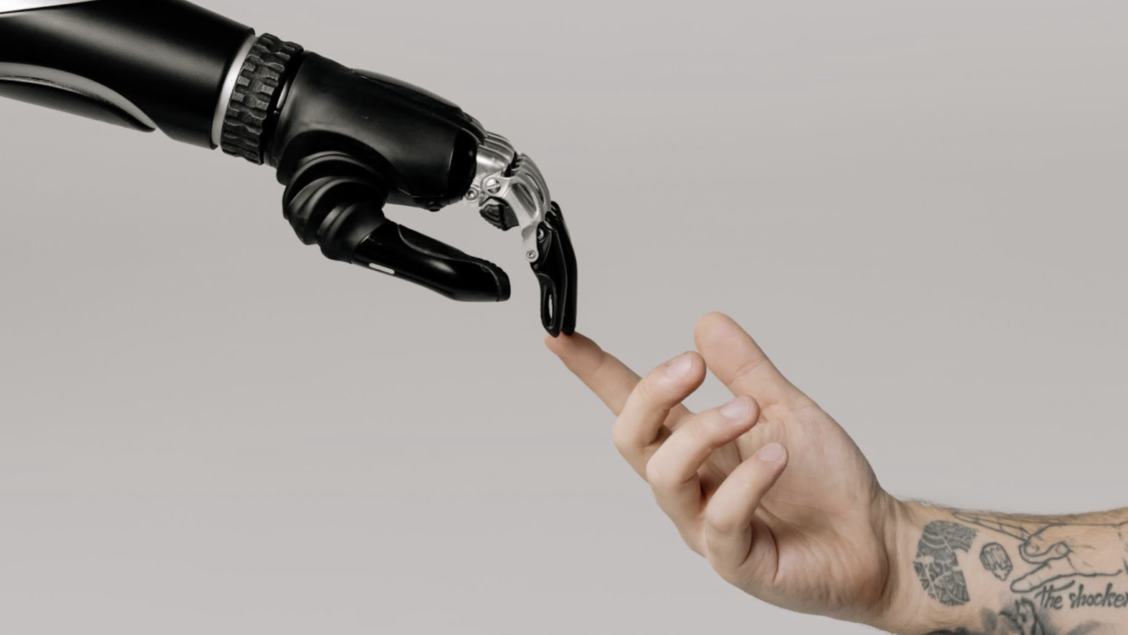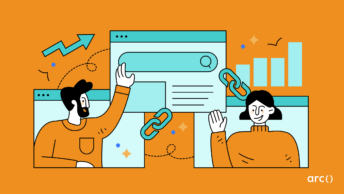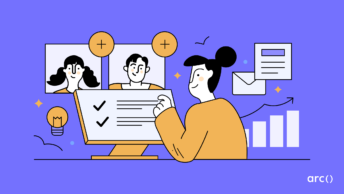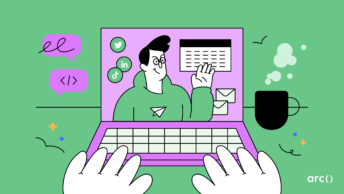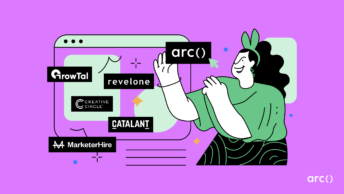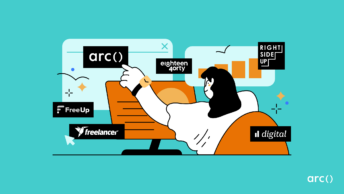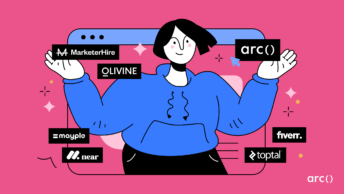Remember when you’d flip through newspapers for job ads and sift through stacks of resumes in your filing cabinet?
Those were the good old days of traditional recruitment. Fast forward to today, and you’re in a world where AI-powered recruitment tools are at your fingertips. Quite a leap, isn’t it?
Let’s read on to find out more about how these new technologies are taking over the world of recruitment.
Your journey from traditional to AI recruitment
Recruitment was a time-consuming task in the past. You’d manually check each resume, conduct lengthy interviews, and rely heavily on your gut instinct.
The process was not only tedious but also prone to human error. You had to rely on your networks, personal judgment, and sometimes, pure luck to find the right candidate.
The digital era brought about a significant shift in your recruitment process.
Job boards replaced newspaper ads. Emails replaced snail mail. Applicant tracking systems replaced manual sorting of resumes.
It made it possible for you to reach a wider pool of candidates, streamline the application process, and track the progress of each candidate.
It also made your recruitment process more transparent, with candidates able to track their application status and receive feedback more quickly.
7 ways AI is taking over the world of recruitment
1. Job promotion
AI can help you in developing job descriptions and specifications. It can analyze the job requirements and suggest the most relevant skills and qualifications.
It also helps to decide which aspects of your company, such as culture and accomplishments, should be shown to candidates to cause the most positive feedback.
AI can significantly assist you to increase the pool of applicants and target more suitable ones.
2. Role matchmaking
AI refines the search outcome on a wider and more refined basis.
Candidates may upload their resumes, and AI identifies which information must be transferred to which pre-structured data fields.
This makes it easier for candidates to find jobs that match their skills and preferences, and for you to find candidates that fit the job requirements.
3. Job applications
AI parsing techniques adopt artificial neural networks and deep learning methods for text understanding.
This technology reduces the workload of applicants and you.
It can also extract relevant information from resumes and applications, and structure it in a way that makes it easier for you to review.
4. Chatbots automation
AI-powered chatbots are revolutionizing the way you communicate with candidates. They can answer candidate queries, schedule interviews, and even provide personalized job recommendations.
With the right ChatGPT prompts, recruiters can easily curate great job descriptions, emails, and other communication materials.
5. Screening process
Automatic filtering of resumes provides important support during the screening phase, as it reduces the number of errors that can occur when thousands of resumes are manually screened.
AI tools such as “Resume Scorer” or “Optical Character Recognition” (OCR) can check the skills or experience required for a particular job and match it with the applicant’s resume to screen out candidates who do not meet the requirements.
6. Assessment and coordination
AI can also be used in the assessment stage to identify hard skills and job-related soft ones and candidate personality characteristics.
For example, you can ask candidates to send in a video of themselves as part of the job application. The software analyzes a short video, explores the personality trait, and forms the analysis result.
The analysis results are compared with the competencies required for the recruitment, your organization’s values, and the expected package, which leads to a better match between the candidate and your organization.
HR assessment software takes this step further by automating the evaluation and delivering data-driven insights, ensuring a more accurate and efficient result.
7. Background checks
AI can also assist in conducting background checks. It can quickly and accurately verify a candidate’s employment history, educational background, and criminal records.
This ensures that you’re hiring trustworthy and qualified candidates.
8. Remote hiring
With the rise of remote work, AI has become an indispensable tool for remote hiring. It allows you to screen, interview, and assess candidates from anywhere in the world.
This not only expands your talent pool but also allows you to hire the best talent, regardless of their location.
3 main differences between traditional and AI recruitment
So, how does AI recruitment stack up against your formal recruitment?
- Firstly, AI reduces bias. It doesn’t care about a candidate’s race, gender, or age. It only cares about their skills and qualifications. It provides you with comprehensive diversity questions leading to a more inclusive workforce.
- Secondly, AI saves you time. It automates repetitive tasks like resume screening and interview scheduling, freeing you up to focus on more strategic tasks.
- Lastly, AI improves the candidate experience in recruitment. It provides instant feedback, keeps candidates informed, and makes your recruitment process more transparent.
Change can be daunting, but it can also be exciting. The evolution from traditional methods to AI and technology is revolutionizing your recruitment, making it easier and more accurate.
So, if you’re still clinging to your Rolodex, it’s time to let go. Embrace the change and the future of recruitment.
Wondering where to get started?, Arc.dev is here to help.
Our AI-powered recruitment tool can help you streamline your recruitment process, reduce bias, and find the best talent.
So why wait? Start your AI recruitment journey today!


